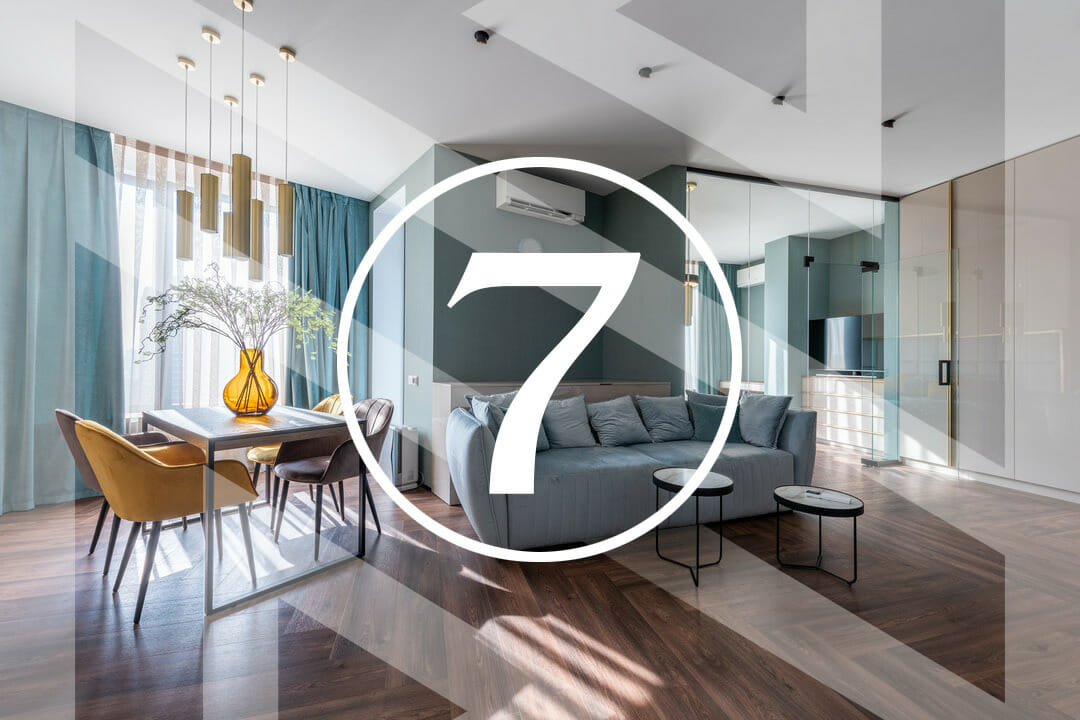Buy to let properties are becoming an increasingly popular method to diversify one’s portfolio of assets, earn a second income, or generally ensure a better income-to-debt ratio. For many landlords, they offer a lifeline of revenue that helps with retirement savings and living a comfortable lifestyle.
If you are planning on buying and renting out a property here are 7 top tips for buy to let strategies that can help you invest and profit off your real estate.
1. Research the market before you buy
There are distinct advantages to being a buy to let landlord. It offers the flexibility of managing an investment as well as the accumulation of wealth when house prices increase. However, you need to be aware of the standards for landlords coming into force as well as certain regulatory requirements for maintaining your property as well as your financing options.
This is where market research comes in. The current state of the market determines almost everything pertaining to the property you want to buy and rent out – its cost, the rent, the potential vacancy rate and desirability of the area, the demographic of the people who will rent, etc.
Even if you are buying in an area that you are familiar with, look into the local property market and research prices, patterns, and trends. The most determining factors are property values, rental yields, the presence of kindergartens, schools, stores and parks, crime rates, and transport links.
2. Plan for periods with no rent
It is unrealistic to expect your property will always have tenants. Sometimes, there will be periods when your property is vacant. Ideally, it will be a short time after one tenancy has ended and you are advertising the property. When a landlord manages the property well, he or she is able to find tenants faster and shorten this period. But generally speaking, you can expect an apartment to be vacant for up to four weeks a year.
Some landlords offset this period by keeping a contingency sum in their bank account or by retaining the surplus rent, after covering the mortgage and other costs. You should aim to hold the equivalent of three months’ worth of rent in an account to meet prolonged periods of vacancy.

3. Be aware of regulations and requirements
Landlords should regularly monitor the news and updates released by the Prudential Regulation Authority, part of the Bank of England. This regulatory body oversees and issues the rules for those who wish to obtain a buy to let mortgage. Recent changes will see buy to let landlords no longer being able to offset their mortgage interest against their profits when they own a buy to let property as an individual rather than through a limited company. Such changes are not uncommon but you need to stay on top of them. Failure to comply with the law can result in large fines and other serious consequences.
This refers to having the correct licence for your rental property. For example, if you rent to multiple tenants who are part of different families, you need an HMO (House in Multiple Occupation) licence. You also need to have a licence for each property you rent out. Not having one can prove very costly.
Similarly, the property you’re renting out needs to have an EPC – Energy Performance Certificate. The lowest rating required is an ‘E’. Failure to have an EPC could land you a fine or even a ban from managing the property. You also need to give a copy of the property’s EPC to your tenants.
4. Find reliable tenants
Every landlord wants reliable tenants who keep the property clean, and tidy, don’t cause noise disturbances, and, preferably, rent long-term. Finding trustworthy tenants is a process and should not be rushed through.
You can start by working with a letting agent that understands your preferred demographic and will advertise the property accordingly. For example, some landlords do not allow pets or families with small children although that means they are missing out on two very large tenant segments.
The location and type of your property will also determine the types of tenants your listing attracts. A house with a yard is much more likely to be rented out by a family than a single young professional. Similarly, smaller city-based apartments are preferred by expats, professionals, students, or childfree couples.

5. Plan upgrades to increase value
You’d be surprised how much you can raise your rent with just a few simple upgrades. Tenants are willing to pay higher prices for convenience, design, and quality of life. A simple repaint, wall decor, quality flooring and tiles can turn a worn-out property into a modern, cosy haven.
A common issue with rentals in the UK is mould. Mould is a serious problem in properties because it comes attached with potential health risks. In some cases, landlords can be liable for endangering their tenants if they don’t keep their property up to code. It can be extremely expensive and difficult to remove/resolve, so prevention is definitely the best cure.
Regular inspections of the state of the property are one way to stay on top of any repairs that may be needed and also maintain a good relationship with your tenants. But always give at least a 48-hour written notice before inspections.
6. Plan the financial side of things
Even if you want to build a portfolio of properties to rent out, you have to start somewhere. Your first buy-to-let property should play as safe as possible. This means not to go outside of your budget and start with rents just high enough to cover your costs with a small excess. Use this time to make mistakes and learn from them so you can carry this over to your next property, where you can start to chase more profits.
For example, one of the things new landlords overlook is the importance of the right deposit protection scheme. Using one approved by the government will ensure you don’t find yourself accidentally unable to repay a deposit.

7. Choose the right insurance
There are harsh penalties for landlords who put tenants’ lives in danger or don’t keep up with what the law requires. Annual gas safety checks, regular electrical checks, and mandatory smoke and carbon monoxide alarms are just a few of the things that need to be on your list.
For this reason, insurers evaluate buy-to-let properties differently than owner-occupied homes. You will need specialist landlord cover because standard household insurance does not cover your rental property.
The insurance cover protects the building (and contents if you are letting a furnished property) as well as other risks such as serious damage caused by tenants and vacancy periods. Getting the right cover in place is the best way to protect yourself from incurring substantial costs in the future.
Conclusion
You need to think ahead when you are considering investing in a buy-to-let property. These 7 tips for buy to let landlords are a good place to start if you want to start renting out your house. Remember that investing in property to let can be profitable, but it comes with risks and responsibilities attached. It makes sense to prepare before you sign the papers to a new mortgage to set yourself up for success.


